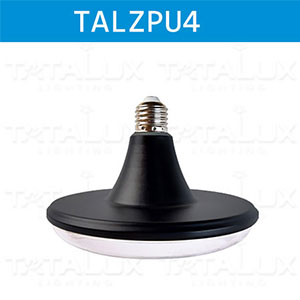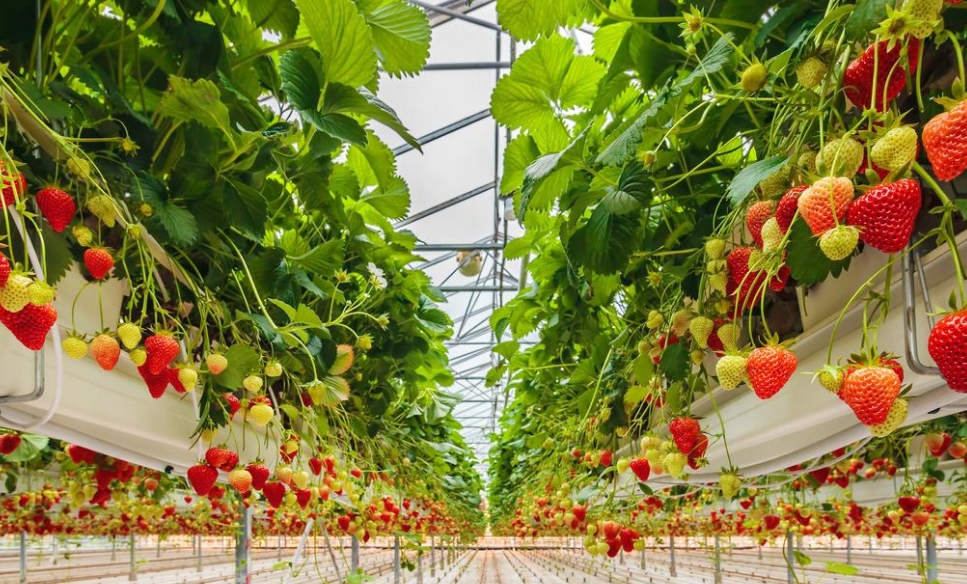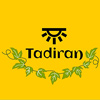Greenhouse Strawberry Supplemental Lighting Technology Application Guide 2
—Scientific Strategies for Tadiran Grow Lights (TALZPU4) to Promote Growth, Enhance Quality, and Regulate Growth Cycles

3. Benefits of Supplemental Lighting on Strawberry Growth and Quality
1. Accelerated Fruit Enlargement and Yield Increase
Red light supplementation enhances RuBisCO enzyme activity in leaves, promoting carbon assimilation and increasing single fruit weight by 15-25%.
Case Data: At the Shouguang demonstration base in Shandong Province, they use the Tadiran Grow Lights (TALZPU4) that increased yield by 30%, with over 85% of fruits achieving premium grade.
2. Improved Fruit Appearance and Internal Quality
Color Enhancement: UV-B lighting stimulates anthocyanin synthesis in fruit skin, reducing L-value (brightness) and increasing a-value (redness) by over 20%.
Sugar Accumulation: Continuous lighting extends photosynthetic time, increasing soluble solid content to 12-15%, 2-3 percentage points higher than non-supplemented groups.
Flavor Compounds: Supplemental lighting promotes the synthesis of aromatic substances (e.g., furaneol, esters), significantly enhancing fruit fragrance.
3. Precise Regulation of Growth Cycles
Breaking Dormancy: In winter, supplemental lighting combined with temperature control can prevent strawberry dormancy, shortening the production cycle by 15-20 days.
Staggered Harvesting: Differentiated lighting in different zones enables continuous multi-batch harvesting within the same greenhouse.
4. Considerations and Cost-Benefit Analysis
1. Energy Consumption Control
Prioritize LED lights with an efficacy >2.0 μmol/J, combined with smart timers, to reduce electricity costs by over 30%.
2. Environmental Synergy Management
During supplemental lighting, synchronize temperature control (20-25°C during the day, 8-10°C at night) and CO₂ concentration (800-1000 ppm) to avoid energy waste.
3. Cost-Benefit Ratio
For a 1-acre greenhouse, the initial investment in an LED supplemental lighting system is approximately $2,400. With a 30% yield increase and a price increase of $ 0.7 per kilogram, the investment can be recouped in 6-8 months.
Conclusion
The scientific use of supplemental lighting technology not only overcomes natural light limitations but also directs the physiological and metabolic processes of strawberries. Growers should dynamically adjust lighting plans based on variety characteristics, facility conditions, and market demands to achieve simultaneous improvements in quality, yield, and economic benefits. It is recommended to introduce IoT-based light environment control systems in large-scale bases for data-driven precision lighting management.



 A LED lighting manufacturer as well as professional OEM vendor with abundant export experience.
A LED lighting manufacturer as well as professional OEM vendor with abundant export experience.